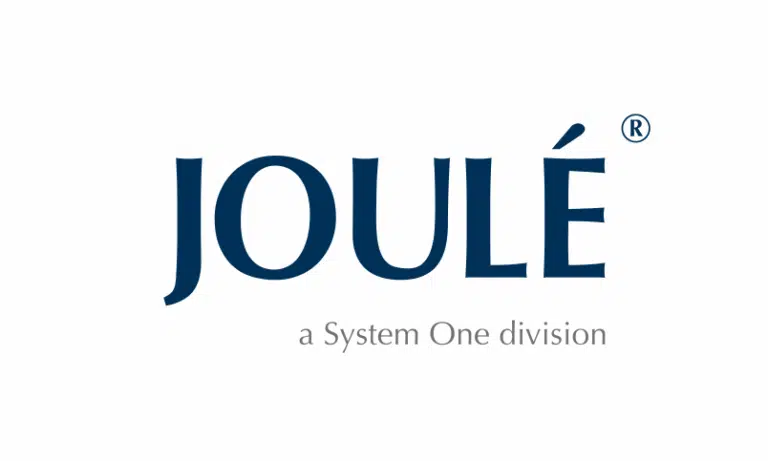How to Craft Your Technical Resume

In the ever-evolving landscape of technology careers, a well-crafted technical resume stands as your passport to opportunities. But what exactly is a technical resume, and how can you make yours shine amidst a sea of applicants?
In a recent installment of Sound of with System One, expert panelists discussed strategies for crafting a top-notch technical resume.
In this article, we’ll discuss
- Who can benefit from a technical resume
- Structuring a technical resume
- Customizing your resume to fit a job posting
- Highlighting projects
- Common mistakes to avoid when writing a technical resume
What is a Technical Resume?
A technical resume lists your education, skills, and job/project experience. The goal of the document is to highlight your ability to perform in a technical role. In a technical resume, there is a big focus on hard skills such as the ability to code or create databases. Beyond emphasizing your technical knowledge, your technical resume should showcase relevant projects or achievements that demonstrate your practical application of those skills.
Who Needs a Technical Resume?
Technical resumes are especially helpful for those seeking jobs in STEM-related fields. A technical resume is especially important for those seeking jobs in highly competitive fields, such as software engineering or data science. Still, it's not only developers and engineers that can benefit from a technical resume. Designers, project managers, and even marketing professionals can showcase their technical skills through a well-crafted resume.
Structuring Your Technical Resume
Structuring your resume is all about information hierarchy. Keep in mind that the information at the top is much more likely to get read.
To effectively present your technical skills and experiences, it's important to have a clear and organized structure for your resume. This includes the following key sections:
- Contact Information: This should be placed at the top of your resume and include your full name, email address, phone number, and a link to your professional website and LinkedIn profile.
- Summary/Objective Statement: A clear and concise summary/objective statement should describe your technical expertise and goals while highlighting any specific strengths that align with the job requirements. Note: it's important to tailor this statement for each job application because it is often the first thing recruiters and hiring managers read.
- Technical Skills: This is where you can list your technical skills and tools, specifically related to the job or industry you are applying for. Use bullet points and be specific.
- Work Experience: This section should highlight your relevant work experience, including job titles, company names, dates of employment, and key responsibilities in reverse chronological order. Be sure to focus on accomplishments rather than just listing daily tasks and emphasize the technical aspect of each role.
- Education: List your degrees, relevant coursework, and any certifications or training programs you have completed.
- Awards: If you have received any awards relevant to your technical skill set, call them out on your resume.
- References: Having at least two professional references who can speak to your technical skills and work ethic is important. Make sure to ask for their permission before including them in your resume.
How Long Should a Technical Resume Be?
There is no specific rule for the length of a technical resume, but keeping it concise and to the point is recommended. Resume real estate is precious. The general guideline is to aim for one to two pages, depending on your level of experience and the complexity of your skills. Avoid adding irrelevant information or padding your resume with unnecessary details. Instead, focus on highlighting your most relevant skills and experiences. Use the space on your resume wisely. If you are struggling to make everything fit in two pages, and you’ve already trimmed your text down as far as possible, start reducing your margins.
Tailoring Your Resume for Each Job Application
Before being passed onto a hiring team, your application is often reviewed by an applicant tracking system (ATS) or HR manager who doesn't have a technical background. ATS and HR team members aren't always great at understanding how specific skills apply to their job postings( e.g., you might be passed over if a job posting requires CAD skills and your resume only mentions your familiarity with Autodesk Revit). So, ensure your resume is customized to the job you're applying for.
To tailor your resume:
- Review the job description and identify the key technical skills and requirements.
- Customize your skills and experience sections accordingly, highlighting those that directly align with the job posting.
- Include phrasing and keywords you see in the job posting on your resume. Note: do not just stuff keywords into your resume. You need to make sure that your writing sounds natural. Use clear and concise language to incorporate technical terminology.
Showcasing Projects
While listing your technical skills and experience is essential, don't miss the opportunity to showcase practical projects on your resume. By showcasing specific accomplishments, you demonstrate your skills and can potentially spark further interest and questions during an interview. Enable potential employers to assess your skills firsthand by providing links to projects or including work on your online portfolio whenever possible.
You don't need to limit yourself to projects completed for an employer. Personal projects or contributions to open-source projects demonstrating your ability to apply your technical knowledge in real-world settings are great additions to your resume.
Common Missteps
When writing your technical resume, avoid using generic or vague phrases in the summary/objective statement, incorrect formatting or organization of content, and (as we mentioned above) keyword stuffing. Make sure to proofread for spelling and grammar errors and pay attention to formatting consistency throughout the document. Make sure that your resume matches your work history found on your LinkedIn, and above all, provide accurate and up-to-date information. Exaggerating or fabricating your skills and experiences is a surefire way to miss out on an interview or cause yourself problems down the line.
Final Thoughts
A technical resume is a crucial tool for anyone seeking to advance their career in technology. It showcases your technical skills and highlights your practical experience and projects that demonstrate your passion for the field. By following the recommended structure and tailoring your resume for each job application, you can effectively market yourself to potential employers and stand out in a competitive job market.
Need a hand getting your technical resume into the right hands?
Work with a staffing agency like System One. As an essential partner to those on the front lines of our nation's most critical industries, we can utilize our connections to secure a position that aligns with your career goals. We'll assess your resume to ensure it matches the roles you're targeting and offer recommendations to give you an edge in the current competitive job landscape.
Ready to get started? Follow us on LinkedIn and connect with one of our recruiters!
Looking for business solutions?
Explore System One


